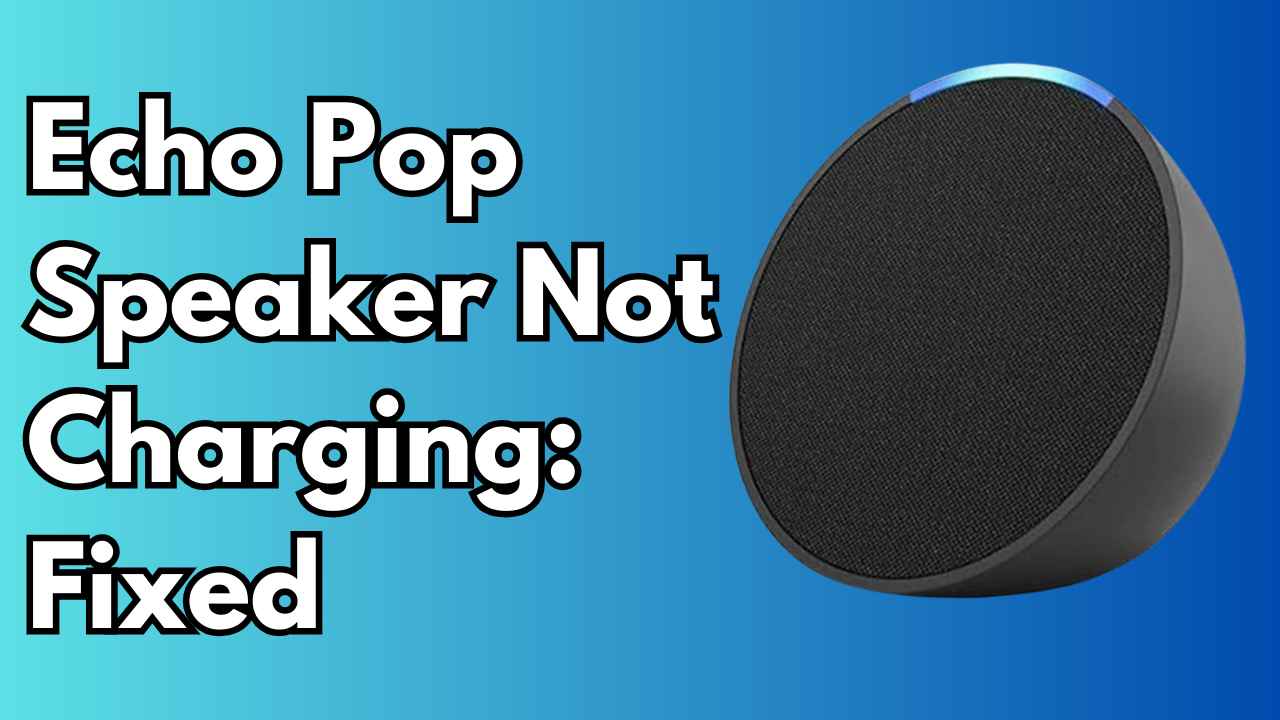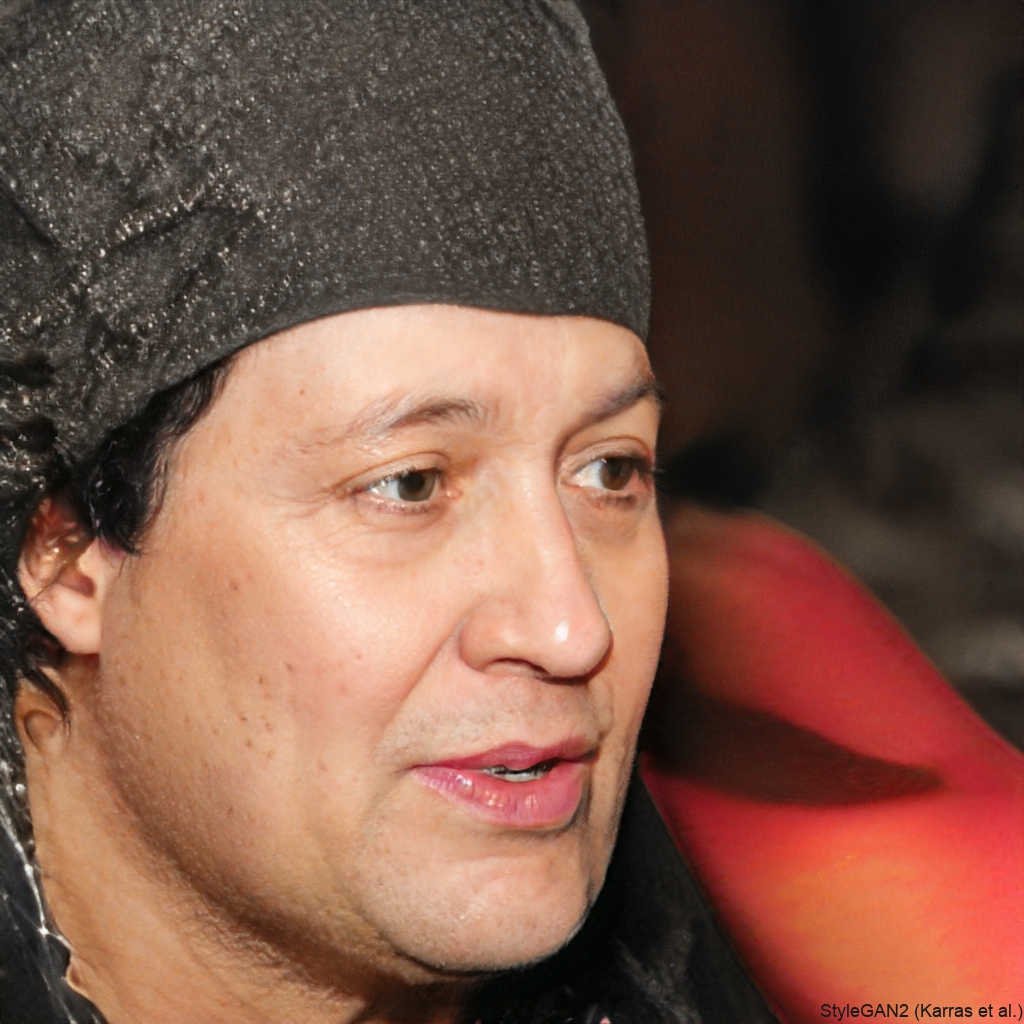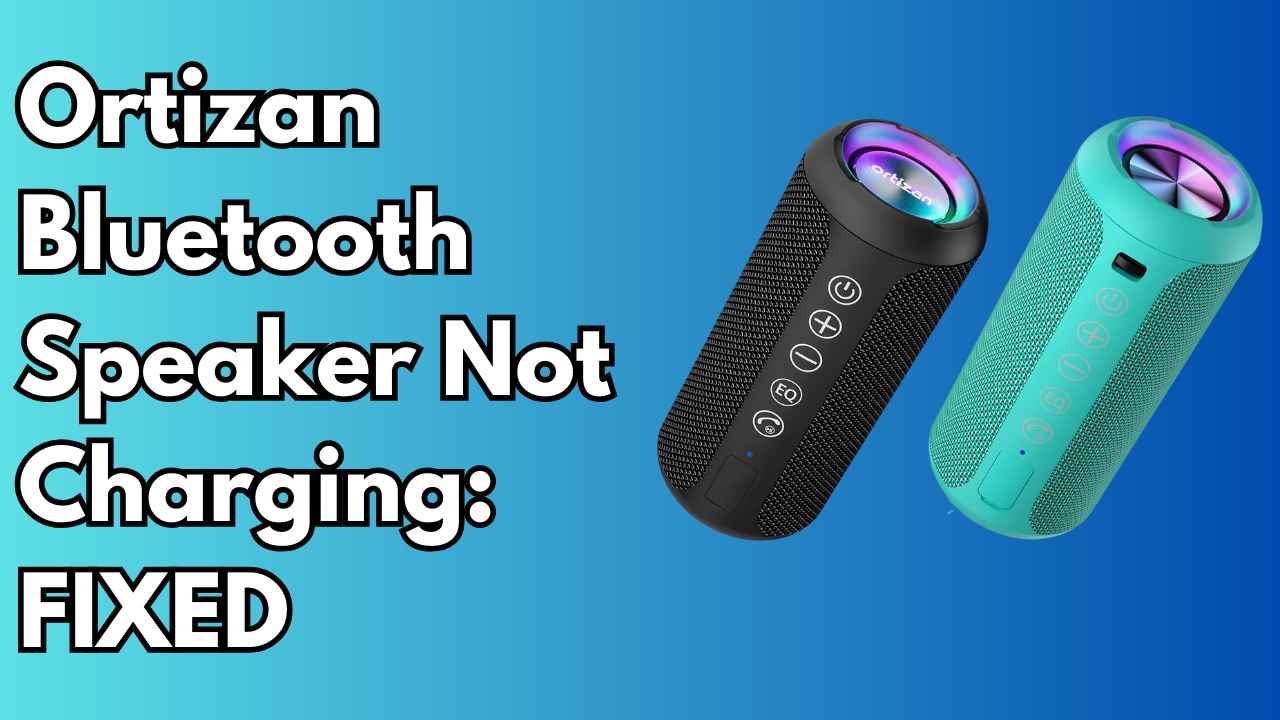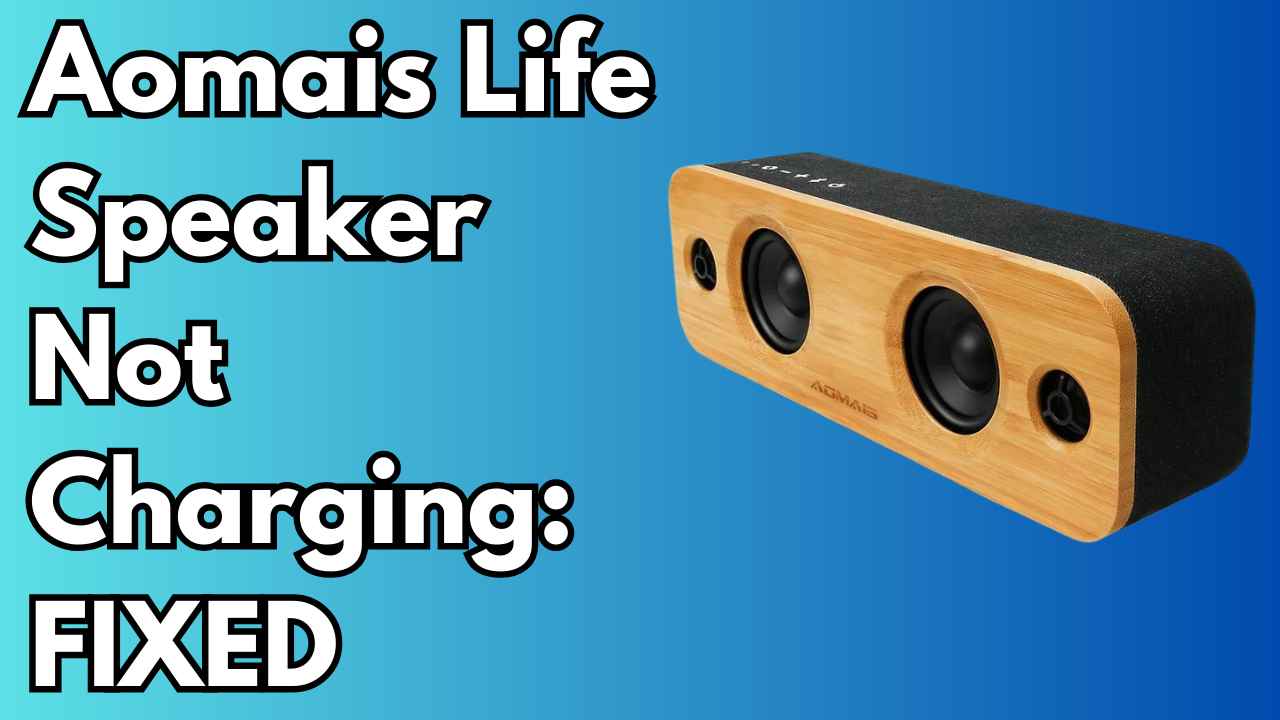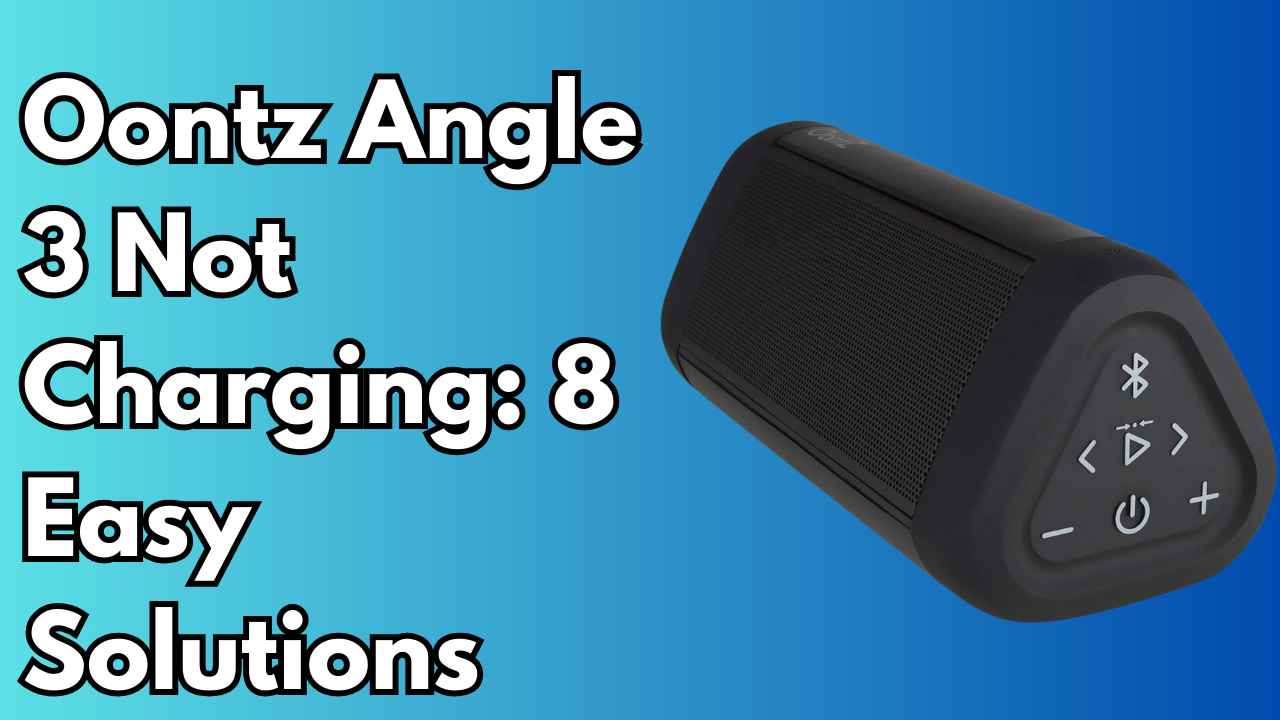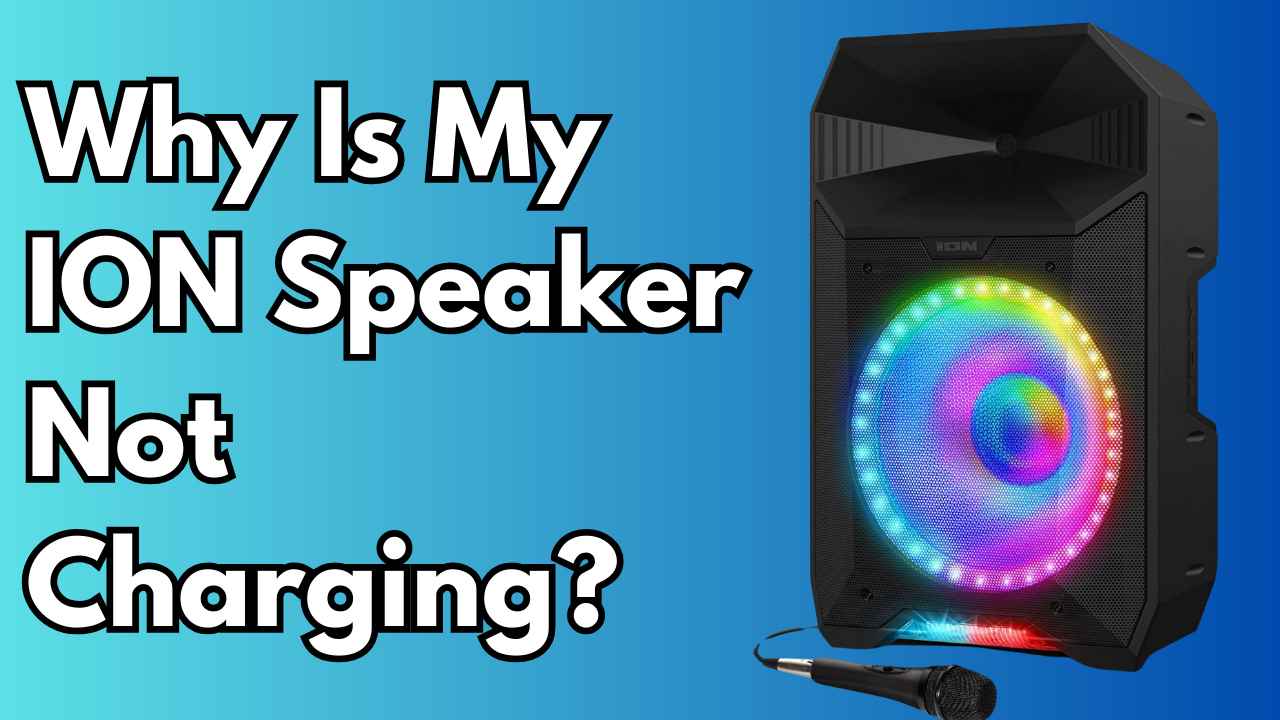The Echo Pop smart speaker is a nifty addition to any smart home, blending intelligent features with impressive audio capabilities.
However, users occasionally encounter the frustrating problem of the Echo Pop not charging.
In this detailed guide, we’ll explore practical troubleshooting steps and valuable maintenance tips to ensure your Echo Pop remains charged and ready for action.
First and Foremost:
Before delving into troubleshooting, it’s essential to consider three key points, respecting the time of our readers:
If you’ve recently purchased your Echo Pop speaker and are already facing charging issues, it’s advisable to seek a refund.
Save both your money and time by exploring alternative speakers available at the same price range, like “Google Nest Mini” and “HomePod Mini” which offer better performance.
Typically, the Echo Pop speaker has a lifespan of 1-2 years of reliable operation. If you’ve used your speaker for this duration, you’ve already received good value for your money.
Attempting to fix the speaker at this stage may only provide a temporary solution, lasting for an additional 1-2 months.
It’s recommended to rely on something other than a fixed speaker for uninterrupted music enjoyment.
If your Echo Pop is within the 2-year timeframe and experiencing charging issues, you can explore the practical fixes mentioned below to resolve the problem.
These fixes are aimed at users who still need to reach the 2-year mark with their Echo Pop speakers.
How To Fix Echo Pop Speaker Not Charging
Check the Charging cable and charger
If your Echo Pop speaker isn’t charging, the first step is to check the charging cable and charger. Make sure the USB cable and charger are not faulty. here’s how to check it:
- Inspect the charging cable and charger for any visible signs of damage, such as fraying or kinking.
- Test the charging cable and charger with another device to ensure it is working properly.
- If you have a spare charger or cable that fits your device, try using it to see if the charging issue persists.
- If the charging cable is damaged or not working, replace it with a new one that is compatible with your Echo Pop speaker.
If the cord or adapter is damaged, consider replacing it with a new one, such as the 15W Power Adapter Replacement for Echo devices. This adapter is designed for Echo devices, ensuring a secure and reliable connection.
Clean the Charging port:
To troubleshoot charging issues with an Echo Pop speaker, one effective solution is to clean the charging port. This helps ensure a secure connection for charging by removing any dust or debris that might be blocking the port.
To clean the charging port, use a dry, soft cloth to gently wipe away any accumulated dust or dirt. It’s essential to avoid using sharp or abrasive objects during cleaning to prevent damage to the port.
Regular maintenance of the charging port’s cleanliness can improve the charging process and contribute to the long-term functionality of the Echo Pop speaker.
Perform Factory Reset:
If your Echo Pop speaker isn’t charging, performing a factory reset might help resolve the issue. Here’s how you can do it:
- Make sure your Echo Pop is plugged in and powered up.
- Hold down the mute button and volume minus button for approximately 15 seconds. The light will change colors and the Amazon Echo Pop will start talking to you that it has been factory reset.
- After holding the buttons for 15 seconds, the device will start talking and the light will change color to yellow.
- The device will take about a minute to reset completely.
- Once the reset is complete, the Echo Pop will talk again indicating that it is ready for setup.
Note: A factory reset will delete all your personal information and any other connections saved to the device.
Check for firmware update:
To address the issue of an Echo Pop speaker not charging, another potential solution is to update the firmware.
This process involves ensuring that the speaker’s software is up to date, which can sometimes resolve charging issues caused by software bugs or glitches. Here’s how you can update the firmware:
- Open the Alexa App on your smartphone or tablet.
- Tap the “Devices” icon and select the Echo/Alexa device you want to update.
- If an update is needed, you will see a message indicating that a software update is available.
- Click “Update” on the DEVICES page next to the product that needs to have the firmware update applied. The app will handle the update process for you.
If you’re having trouble with the update, try power cycling your speaker by turning it off and then back on. If the issue persists, you may need to contact Amazon support for further assistance.
Check for a faulty PCB
To troubleshoot a charging problem with an Echo Pop speaker, it’s important to check for a faulty PCB (Printed Circuit Board).
This issue can manifest if the speaker functions only when connected to the charger but fails to power on when disconnected.
Signs of a faulty PCB include the battery monitor displaying a specific percentage even when the battery is removed, and the charging LED flashing only when the battery is disconnected.
In such a scenario, examining the pin connections of the battery connector is crucial. If necessary, replacing the PCB may be the solution to rectify the issue with charging the Echo Pop speaker.
Check for Battery Damage
After trying the solutions mentioned above and still encountering charging issues with your Echo Pop speaker, it’s essential to investigate the possibility of battery damage.
The Echo Pop speaker utilizes a Lithium-Ion Rechargeable Battery, which has a limited lifespan.
If you’ve been using the speaker consistently for over a year, it’s plausible that the battery may have degraded and lost its ability to hold a charge effectively. In such cases, the most suitable action is to replace the battery.
For a thorough assessment of battery health, you can employ a multimeter. Set the multimeter to the ohms setting and measure the resistance of the speaker. A healthy speaker typically exhibits very low resistance, usually below 0.1 ohms.
Then, switch the multimeter to the DC voltage setting and check the voltage across the speaker terminals. A properly functioning battery should show a voltage reading between 12.6 and 12.8 volts.
If the resistance is excessively high or the voltage is below the expected range, it indicates potential damage to the speaker battery, necessitating replacement.
Replacing the battery can be intricate and potentially hazardous. Therefore, it’s advisable to seek professional assistance to ensure the safe and accurate replacement of the battery in your Echo Pop speaker.
Contact Amazon customer service:
If none of the above solutions work, contact Amazon customer service for further assistance.
They can provide troubleshooting assistance or arrange for a replacement if necessary. Be sure to have your order information and any relevant details about the issue ready when you contact them.
They should be able to guide you through potential solutions or help you with the next steps to resolve the charging problem.
Conclusion:
Solving charging issues with your Echo Pop smart speaker involves a systematic approach, from checking essential connections to considering environmental factors.
By incorporating the troubleshooting steps and maintenance tips provided, you can enhance the longevity and performance of your Echo Pop.
Should persistent issues arise, don’t hesitate to seek assistance from the product’s support channels.
With proper care, your Echo Pop can continue to be a reliable and fully charged companion in your smart home setup.
